MYCOTOXINS
GRAINS
The World Health Organization defines mycotoxins as toxic compounds that are naturally produced by certain types of molds (fungi). Molds that can produce mycotoxins grow on numerous foodstuffs such as cereals, dried fruits, nuts, and spices. They can have harmful effects on both animals and humans, and as such, it is important to detect and monitor mycotoxins in grains.
There are several methods available for the detection of mycotoxins in grains, including high-performance liquid chromatography (HPLC), gas chromatography (GC), Enzyme-linked immunosorbent assay (ELISA) and rapid lateral flow assays. Lateral flow and ELISA kits are two commonly used rapid diagnostic techniques for the detection of mycotoxins. These techniques allow for the rapid and accurate detection, making it possible to quickly assess the level of risk posed by the presence of the mycotoxins, and to take appropriate measures to minimize the risk to human and animal health.

Our company offers both Bio-Shield ELISA testing kits and lateral flow Symmetric Technology, designed and manufactured in Europe with the most stringent limits in the world set for mycotoxins residues. Our scientists designed and developed Bio-Shield ELISA tests to use one COMMONT EXTRACION Buffer for all mycotoxins per one commodity. The common extraction process minimizes the end user error and at the same time it reduces the overall assay procedure time.
ProGnosis Biotech Symmetric Technology rapid tests are extremely stable, accurate and precise producing reliable results in only 3 minutes with exceptional sensitivity and specificity. By using Bio-Shield ELISA and Symmetric mycotoxin kits, it is possible to identify and control the presence of mycotoxins in grains, and to ensure that they meet regulatory standards and do not pose a risk to human and animal health.
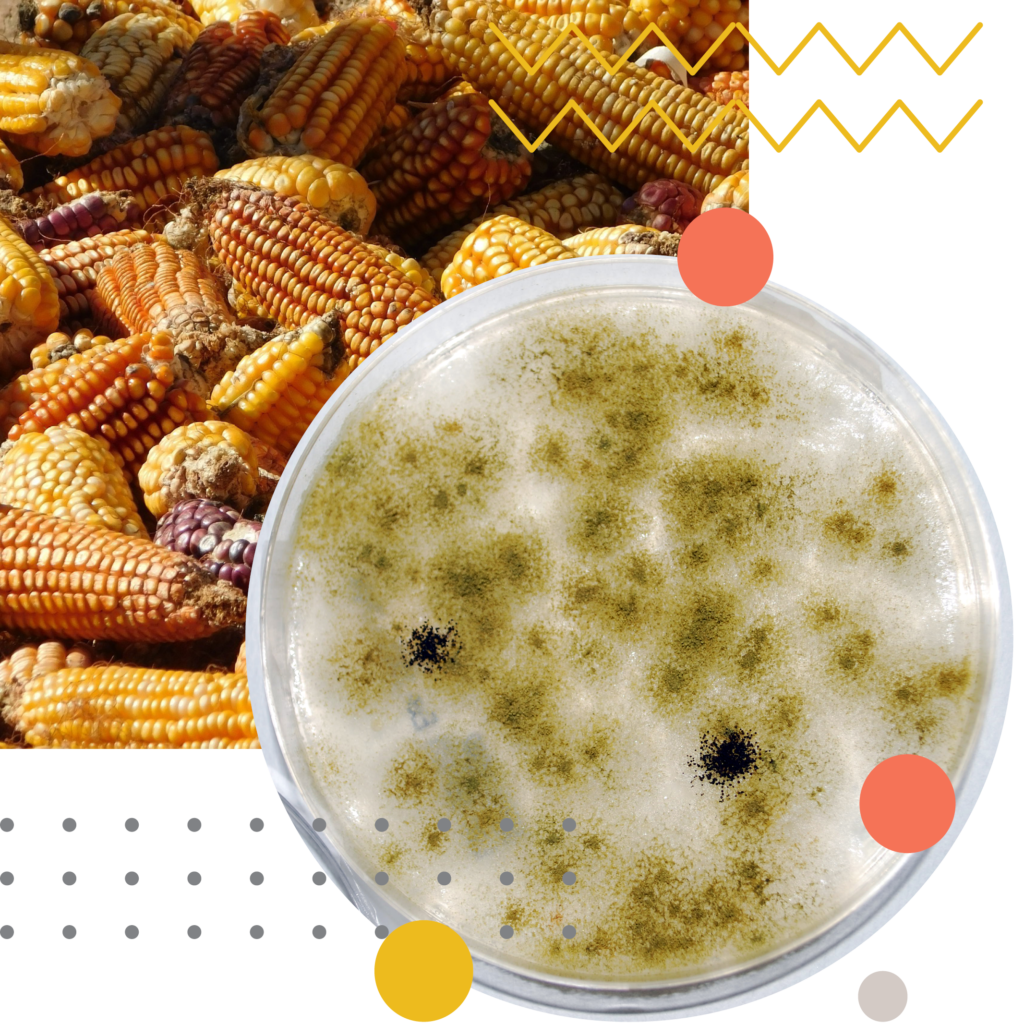
ELISA | LATERAL FLOW ________
AFLATOXIN B1
Aflatoxin B1 is a toxic metabolite of major concern to the food & feed industry, generally produced by Aspergillus flavus, A. parasiticus and A. nomius. It can have immunosuppressive, mutagenic, teratogenic and carcinogenic effects. It can contaminate various crops, including grains, nuts, oilseeds, and other commodities associated with human food or animal feed.
Animals are exposed to Aflatoxin B1 by consumption of feeds that are contaminated by aflatoxin producing fungal strains during growth, harvest or storage. Symptoms of toxicity in animals range from death to chronic diseases, reproductive interference, immune suppression, decreased milk, and egg production. Detection of aflatoxin B1 is important to ensure the safety of food products and to prevent potential health risks to humans and animals. ELISA is a widely used method for the detection of aflatoxin B1 in food products. The method involves capturing aflatoxin B1 using a specific antibody, which is then detected using a colorimetric reaction.
ProGnosis Biotech offers five different ELISA products depending on the end user needs: Bio-Shield B1 5, Bio-Shield B1 1-standard, Bio-Shield B1 Optimum Performance (OP), Bio-Shield B1 Extra Sensitive (ES) and Bio-Shield B1 Baby Food. Advantages of using these methods include their ability to detect low levels of aflatoxin B1. We also offer Symmetric B1 Green lateral flow tests that use eco-friendly sample extraction buffer providing quantitative results in only 3 minutes. For the more stringent Aflatoxin B1 limit of detection, we developed Symmetric B1 ES that uses methanol extraction and provides quantitative results in 10 minutes.
ELISA | LATERAL FLOW ________
TOTAL AFLATOXIN
Aflatoxin Total is a term used to refer to the combined presence of Aflatoxins B1, B2, G1, and G2 in food products. It refers to the sum of toxic metabolites of major concern to the food & feed industry, generally produced by Aspergillus flavus, A. parasiticus and A. nomius causing immunosuppressive, mutagenic, teratogenic and carcinogenic effects.
Aflatoxins can be present in grains, cereals, nuts, and other commodities associated with human food or animal feed, although toxicity and prevalence vary depending on the specific metabolite of the group. By determining the total concentration of aflatoxins (B1, B2, G1, and G2) in food and feed products, it is possible to assess the level of risk posed by the presence of aflatoxins, and to take appropriate measures to minimize the risk to human and animal health.
Depending on our clients’ needs, we developed four different ELISA kits: Bio-Shield TOTAL 5 that is also USDA approved, Bio-Shied TOTAL 1-standard, Bio-Shield TOTAL Optimum Performance (OP) and Bio-Shield TOTAL Extra Sensitive (ES). Symmetric TOTAL Green lateral flow tests that use eco-friendly sample extraction buffer providing quantitative results in only 3 minutes. For lower LOD of Aflatoxin TOTAL ProGnosis Biotech developed Symmetric TOTAL ES that uses methanol extraction and provides quantitative results in 10 minutes.

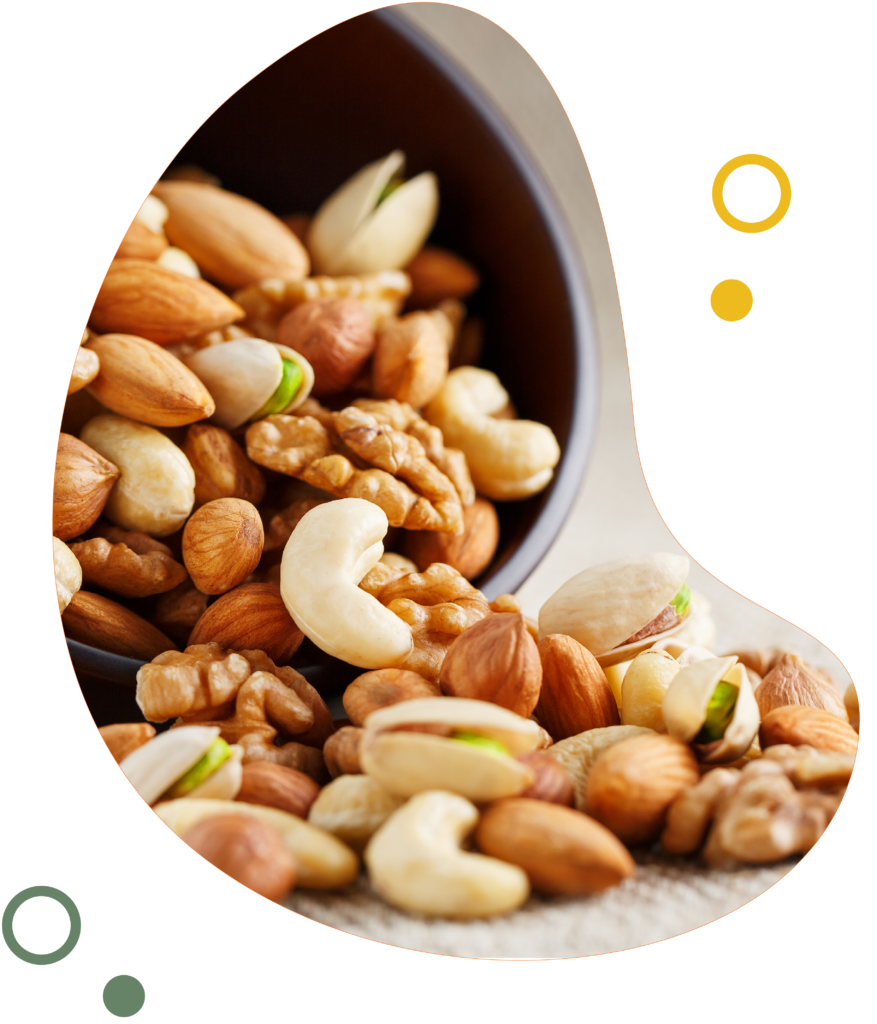
ELISA | LATERAL FLOW ________
DEOXYNIVALENOL
Deoxynivalenol (DON) is a type of mycotoxin that is produced by several species of fungi, including Fusarium graminearum and Fusarium culmorum. Grains including barley, wheat, oats, corn and maize are frequently infected by this fungus. Deoxynivalenol, along with 3-acetyl- and 15-acetyl-DON, constitutes a highly toxic molecule and it is considered to play a crucial role in immunological and nervous system problems.
Deoxynivalenol is a toxic substance that can cause various health problems in humans and animals when ingested in large quantities. In humans, exposure to high levels of deoxynivalenol can cause gastrointestinal symptoms such as vomiting and diarrhea, as well as more serious health problems such as immune suppression and anemia. In livestock, ingestion of deoxynivalenol can cause reduced growth and decreased feed efficiency.
Depending on the targeted LOD and market needs, ProGnosis Biotech offers four different deoxynivalenol ELISA kits: Bio-Shield Deoxynivalenol (DON) 5, Bio-Shied Deoxynivalenol (DON) 1-standard, Bio-Shield Deoxynivalenol (DON) and Bio-Shield Deoxynivalenol (DON) methanol, as well as Symmetric Green (DON) lateral flow test.
Due to their cytotoxicity, these toxins will always be a risk to human and animal health. Most controlling government agencies worldwide have regulations regarding the amount of DON allowable in human and animal foodstuffs. Accurate and rapid determination of Deoxynivalenol (DON) presence in commodities is of paramount importance.
ELISA | LATERAL FLOW ________
ZEARALENONE
Zearalenone (ZON) is a member of the trichothecene mycotoxins produced by fungi of the Fusarium genus (F. graminearum). Grains including barley, wheat, oats, corn, rice and maize are frequently infected by this fungus.
Zearalenone is a toxic substance that can cause a range of health problems in both humans and animals. In humans, ingestion of high levels of zearalenone can cause a range of symptoms, including gastrointestinal problems, headaches, and skin rashes. In animals, exposure to zearalenone can cause decreased feed efficiency, reduced growth, and reproductive problems. There is evidence that Zearalenone (ZON) and its metabolites possess oestrogenic activity in pigs, cattle and sheep. Moreover, Zearalenone (ZON) has also been shown to be hepatotoxic, haematotoxic, immunotoxic and genotoxic.
To minimize the risk posed by zearalenone, it is important to detect its presence in food and feed products. Most controlling government agencies worldwide have regulations regarding the amount of Zearalenone (ZON) allowable in human and animal foodstuffs. Accurate and rapid determination of Zearalenone (ZON) presence in commodities is of critical importance.
Depending on the market needs, ProGnosis Biotech developed three different Zearalenone ELISA kits: Bio-Shield Zearalenone (ZON) 5, Bio-Shied Zearalenone (ZON) 1-standard, and Bio-Shield Zearalenone (ZON). We also offer Symmetric Green (ZON) lateral flow test that uses eco-friendly sample extraction buffer and can provide quantitative results in only 3 minutes.
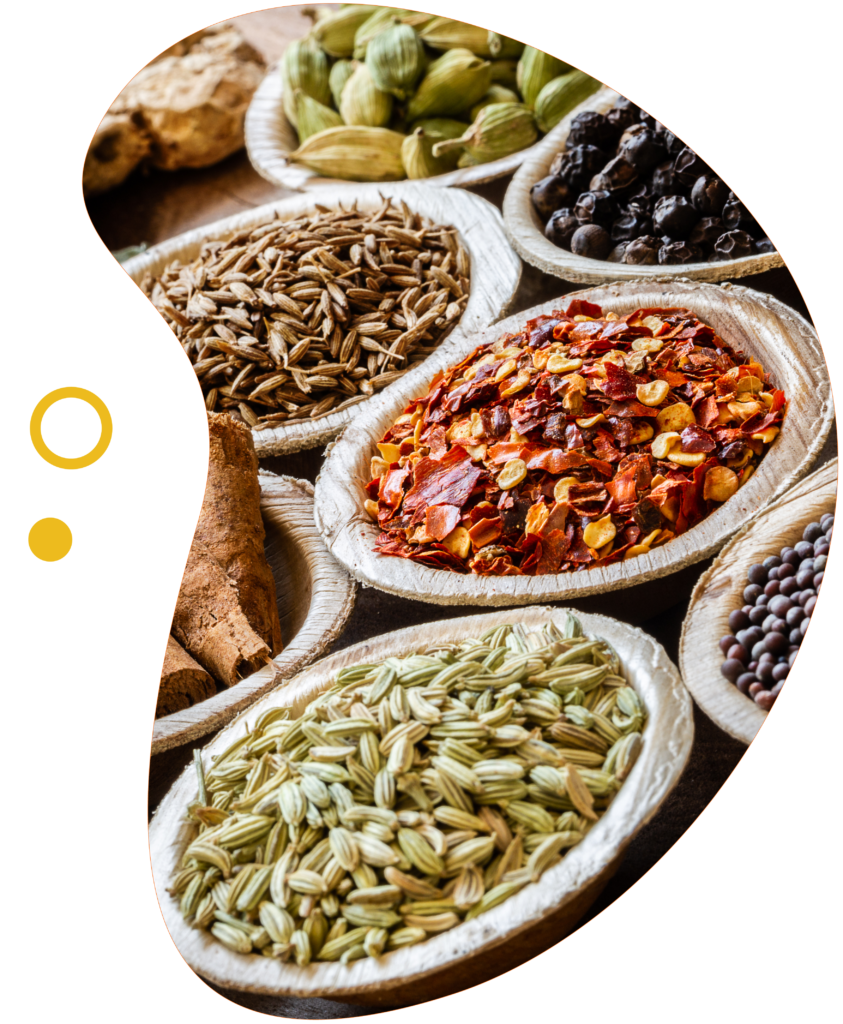

ELISA | LATERAL FLOW ________
OCHRATOXIN
Ochratoxins are a group of mycotoxins produced by some Aspergillus species (mainly A. ochraceus, but also by 33% of A. niger industrial strains) and some Penicillium species, especially P. verrucosum and P. carbonarius. . It is commonly found in a variety of food and feed products, including cereal grains, wine, coffee, cocoa, and dried fruits.
Ochratoxin is a potent nephrotoxin and causes both acute and chronic effects in the kidneys of all mammalian species tested. It is also genotoxic (damages DNA) and teratogenic (damages the foetus) and is considered a probable carcinogen, causing renal carcinoma and other cancers in a number of animal species. In animals, exposure to ochratoxin can result in decreased feed efficiency, reduced growth, and reproductive problems.
Given the potential health risks posed by ochratoxin, most controlling government agencies worldwide have regulations regarding the amount of Ochratoxin acceptable in human and animal foodstuffs. Accurate and rapid determination of the presence of Ochratoxin in commodities is of major importance.
To meet Ochratoxin market needs, ProGnosis Biotech developed three different Ochratoxin ELISA kits: Bio-Shield Ochratoxin 5, Bio-Shied Ochratoxin 1-standard, and Bio-Shield Ochratoxin. Additionally, we offer two different lateral flow products Symmetric Ochratoxin Green and Symmetric Ochratoxin Wine.
ELISA | LATERAL FLOW ________
FUMONISIN
Fumonisins are a member of the trichothecene mycotoxins poduced by fungi of Fusarium moniliforme (F. verticillioides), F. proliferatum, and several other Fusarium species. It is commonly found in maize (corn) and maize-based products, such as corn meal and tortilla chips, as well as in other crops such as sorghum and rice. Grains are frequently infected by these fungi in the field or during storage. More than ten types of fumonisins have been isolated and characterized. Of these, fumonisin B1 (Fumonisin B1), B2 (Fumonisin B2), and B3 (Fumonisin B3) are the major fumonisins produced. Fumonisins are hepatotoxic and nephrotoxic in all animal species tested.
Exposure to fumonisin can have a range of adverse health effects in humans and animals. The earliest histological change to appear in either the liver or kidney of fumonisin-treated animals is increased apoptosis followed by regenerative cell proliferation, while the acute toxicity of fumonisin is low, it is the known cause of two diseases which occur in domestic animals with rapid onset: equine leukoencephalomalacia and porcine pulmonary edema syndrome. Both of these diseases involve disturbed sphingolipid metabolism and cardiovascular dysfunction. In humans, exposure to high levels of fumonisin has been linked to an increased risk of certain types of cancer, such as esophageal cancer.
Given the potential health risks posed by fumonisin, it is important to detect its presence in food and feed products. Controlling government agencies worldwide have regulations regarding the amount of Fumonisin B1, and Fumonisin B2 allowable in human and animal foodstuffs. Accurate and rapid determination of Fumonisins presence in commodities is of crucial importance.
ProGnosis Biotech developed three different Fumonisin ELISA kits: Bio-Shield Fumonisin 5, Bio-Shied Fumonisin 1-standard, and Bio-Shield Fumonisin. Additionally, we offer Symmetric Fumonisin Green lateral flow lateral flow test that uses eco-friendly sample extraction buffer and can provide quantitative results in only 3 minutes.
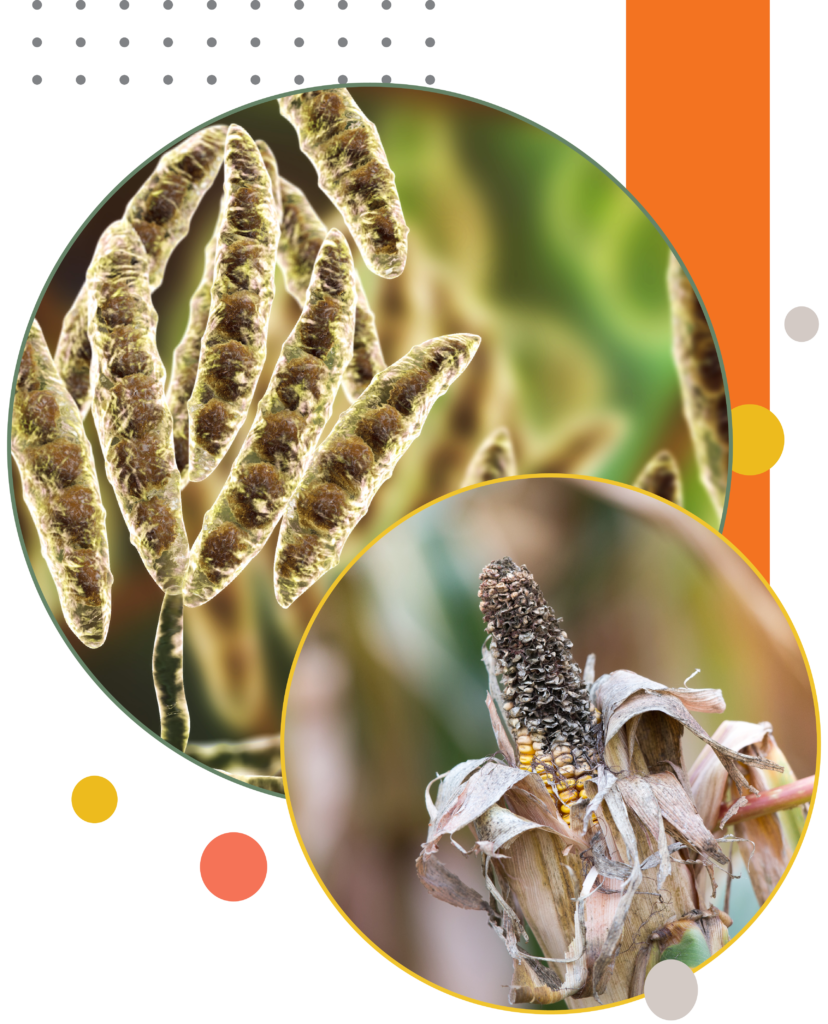
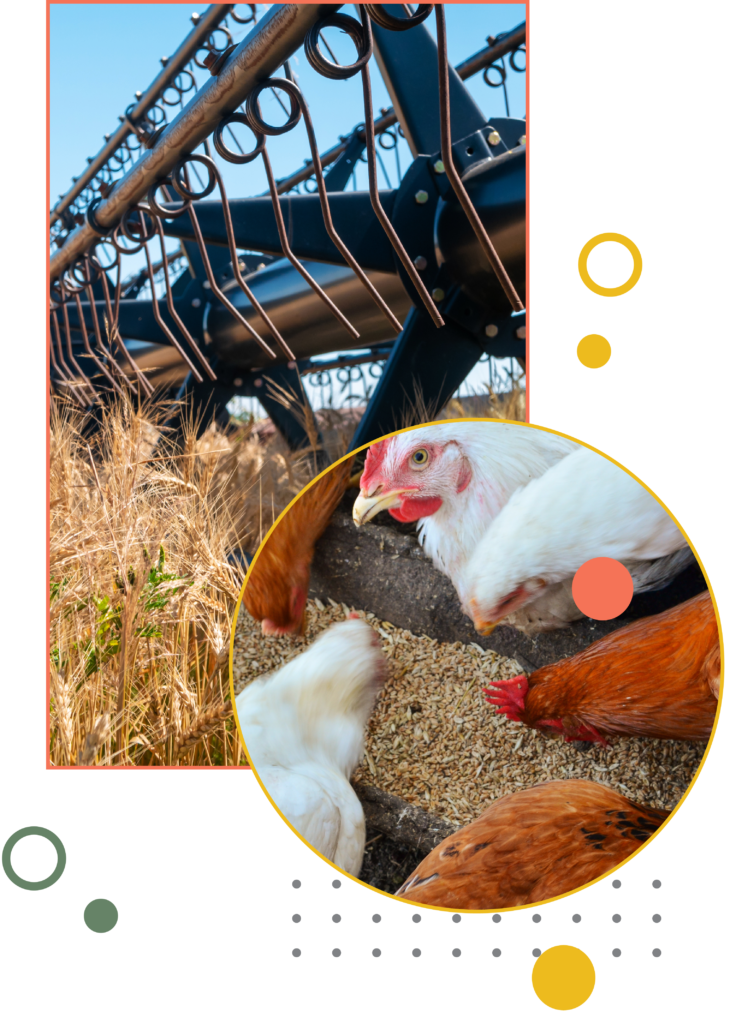
ELISA | LATERAL FLOW ________
T-2 / HT-2 TOXIN
T-2 and HT-2 toxins belong to the group of trichothecenes. This group of mycotoxins are produced mainly by fungi of the genus Fusarium which is toxic to humans and animals. Agricultural commodities are frequently infected by this fungus. They are commonly found in cereal crops such as wheat, barley, and corn, as well as in derived products such as flour, feed, and seed.
It is frequently implicated in cytotoxic and immunosuppressive disorders of farm animals and occasionally in pathogenetic syndromes in humans. Exposure to T-2 and HT-2 toxins can have a range of adverse health effects in humans and animals, including immunotoxicity, mutagenicity, and carcinogenicity. In animals, exposure to these toxins can result in reduced feed efficiency, decreased growth, and impaired reproductive function.
Both in man and in animals T-2/HT-2 toxins can cause alimentary toxic aleukia. Given the potential health risks posed by T-2 and HT-2 toxins, it is important to detect their presence in food and feed products. Most controlling government agencies worldwide have regulations or recommendations regarding the amount of T-2/HT-2 allowable in human and animal foodstuffs.
ProGnosis Biotech developed three different T-2/HT-2 ELISA kits: Bio-Shield T-2/HT-2 5, Bio-Shied T-2/HT-2 1-standard, and Bio-Shield T-2/HT-2. Additionally, we offer Symmetric T-2/HT-2 Green lateral flow test that uses eco-friendly sample extraction buffer and can provide quantitative results in only 3 minutes.

